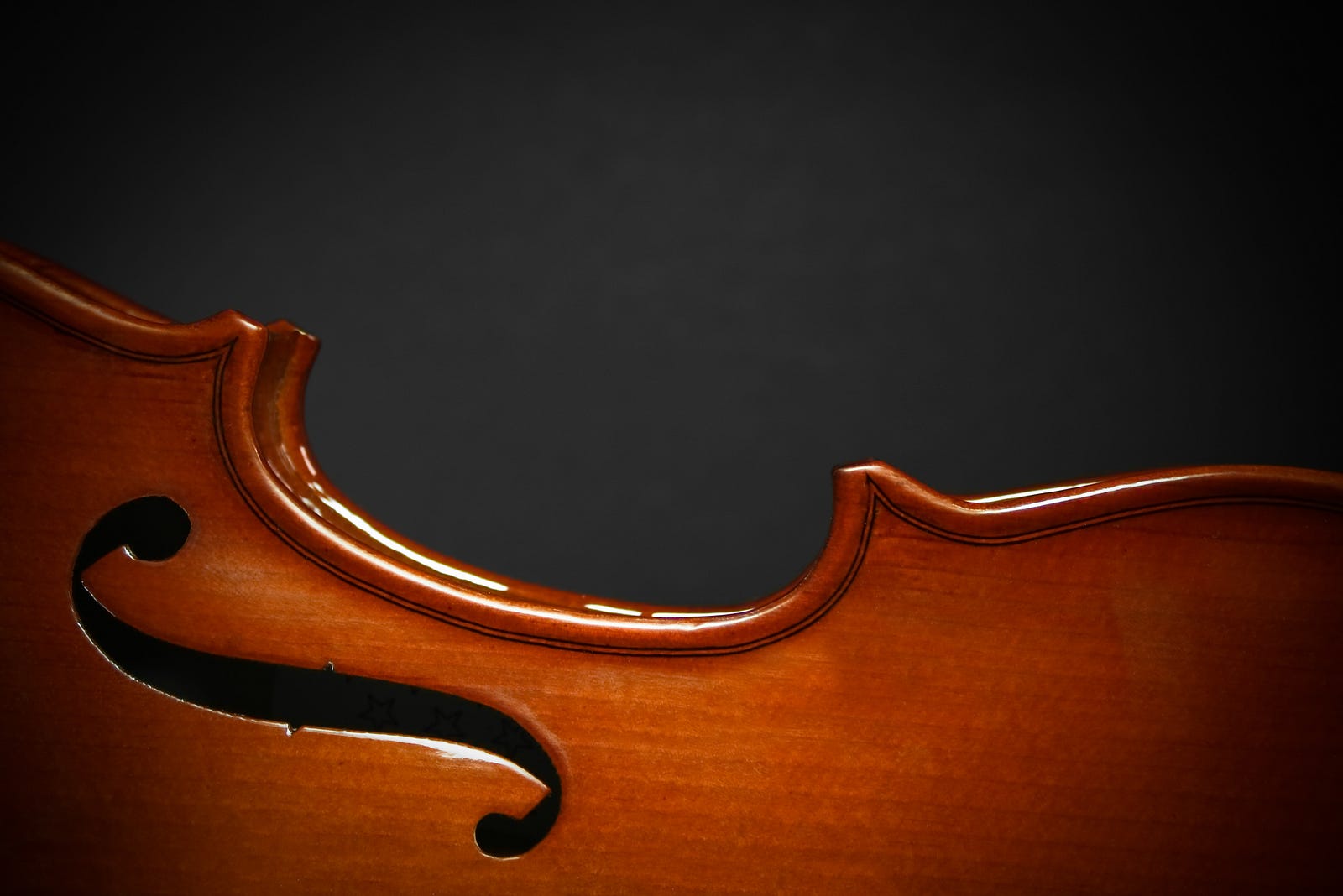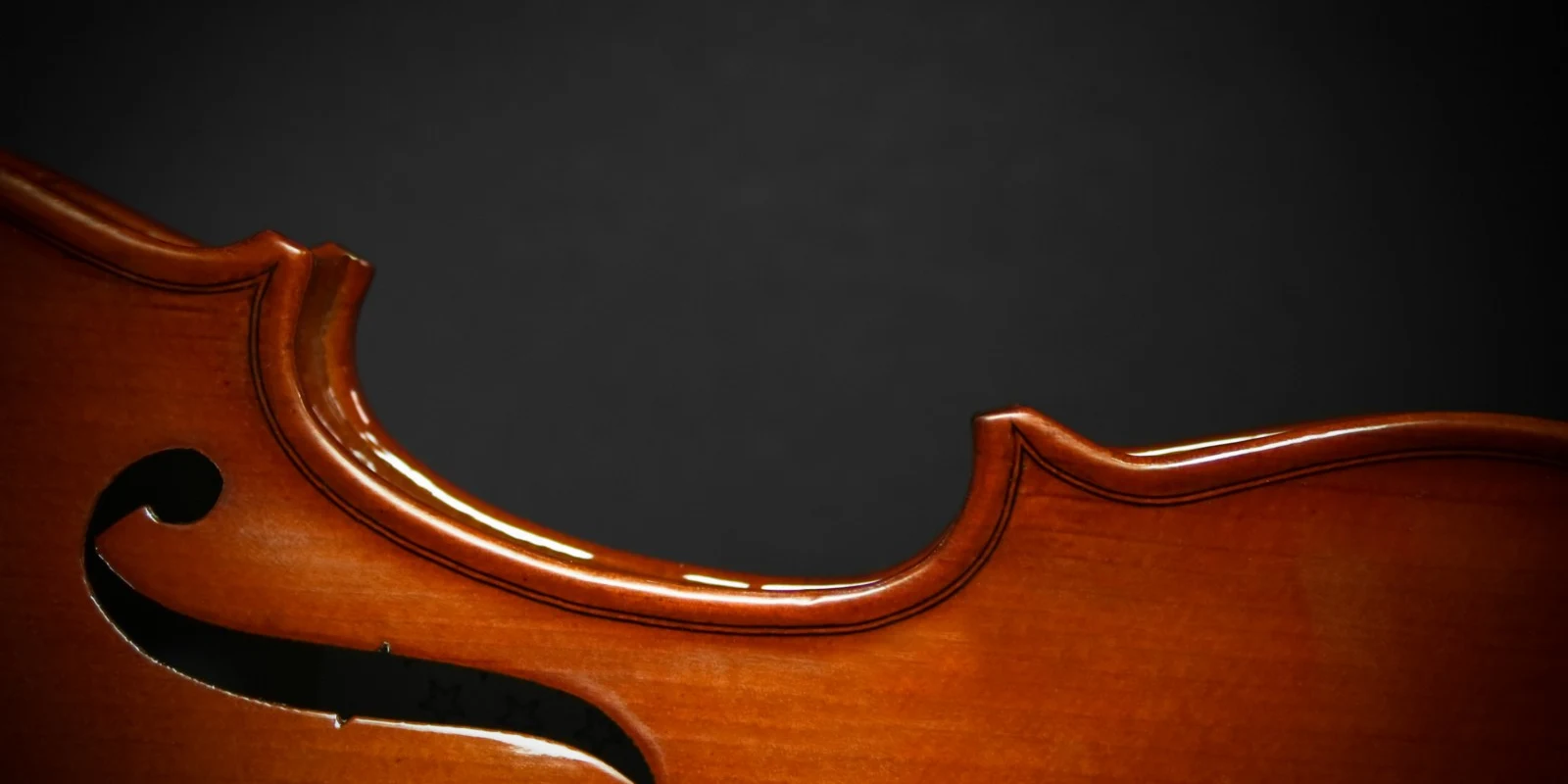
I recently traveled to Los Angeles for the 2018 North American Spine Society Annual Meeting. The keynote address was given by Vijay Gupta, a world-renowned violinist. Before he uttered a word, I mused “Why is a violinist speaking to a group of spine surgeons?”
The same thought persisted when he began performing a Bach composition. A soothing light melody vibrated through the bodies of surgeons, physiatrists, nurse practitioners, and medical device representatives. More relaxed than before, we attentively listened to his career path as a violinist, studying at Julliard, playing in the L.A. Philharmonic in the Walt Disney concert hall, and ultimately reaching the top of his elite profession. My lingering question remained unanswered until he shared a story about playing the same gorgeous Bach piece at a local jail. His performance was met with silence until one listener commented, “Can’t you play any songs we know?”
Gupta told us that the curt comment opened his eyes to the real purpose of his musical talents. Whether playing on a homeless sidewalk in Skid Row, Los Angeles or at the L.A. County Jail, he realized that the reason he became a musician was to connect with people. And by understanding the deeper motivations behind his music, he prioritized a new initiative, to develop a program to use music to connect with and inspire audiences. He wanted to share music with everyone, whether on San Julian street or at the Walt Disney concert hall. The organization born out of his vision, Street Symphony, has more than 80 musicians who have performed more than 500 free concerts throughout Southern California.
Gupta further emphasized the difference between outreach, coming from a position of power, and engagement, focused on building relationships with our communities. He stated, “When we, as the presenters of content, are as willing to be as transformed by that content as we hope that the audience is, that is engagement.”
As I reflected on Gupta’s story, I realized the deeper purpose behind his music mirrored the reason I became a doctor. Amid the daily hustle and bustle of writing research papers, talking at the podium, pursuing my career goals, and striving to become a technically better spine surgeon, I realized I had — in my own way — been playing music this past year without pausing to reflect on “why.”
The best part about being a surgeon is walking the hospital halls with a spinal cord injury patient after a decompression-fusion. Or hugging a patient 3 months after a deformity correction, with shared joy that she can stand up straight again. Or rejoicing in the excitement of an obese patient losing 20 pounds with diet plan after years of struggling in anticipation for surgery.
Gupta’s story was a lesson in perspective. I remembered why I became a doctor and a surgeon: to connect with people. His story was a timely reminder that, amongst presentations about the latest spinal navigation technology or newest measurement to quantify spinal alignment, we conduct spine surgery primarily to take care of people in need. Being 19 in the Philharmonic or winning the best paper award at NASS is no more than another checkbox if we can’t bring back our accomplishments to our listeners or patients.
Deeptee Jain, MD is an Orthopaedic surgeon and a spine surgery fellow at New York University Langone. They report no conflicts of interest.






